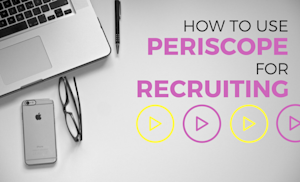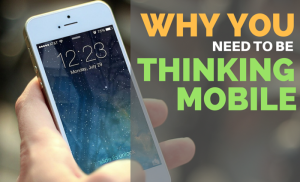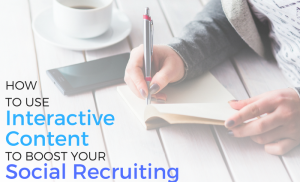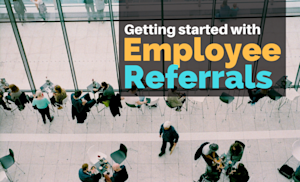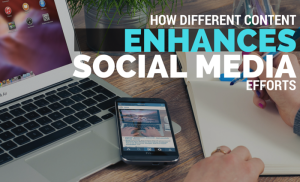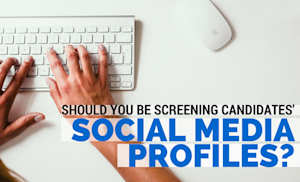Be sure to add regularity to your strategy to reel in the recruits.
For today’s job recruiters, social media is an indispensable resource. Platforms such as LinkedIn, Twitter, and Facebook allow you to source top talent, which contributes to the success of your company in a big way. But when it comes to social media recruiting, simply showing up is not enough. Above all else, your recruiting strategy on any web platform needs to be consistent. Specifically, you need consistency in the aesthetic, narrative, schedule, and engagement of your posts. Otherwise, you risk damaging your recruiting outcomes in a few ways:
It deters prospective applicants
One of the first things that your recruits will do before submitting their applications is evaluate your web presence. This means that blogs, social media, and websites will be scrutinized. However, social media can influence an applicant more than other channels. It does this by demonstrating your general likability, engagement in the relevant discourse, and can demonstrate a high-functioning internal structure through marketing efforts. The latter is where consistency plays an especially major role. If your company appears to lack support in the marketing and branding areas, an applicant may abandon any thought of applying to work with you because of the perceived hardship—unless, of course, they would be hired to foster these missing elements.
It fails to attract highly talented applicants
Failure to incorporate consistency in your social media platforms, particularly LinkedIn, may translate into failure to get your vacancies noticed by desirable applicants. One such area of consistency is in profile completeness (for your recruiter and company profiles alike). It’s essential to thoroughly complete each social media profile you make. On LinkedIn, this includes things like peppering your page with relevant and concise keywording, which can then be used to promote certain jobs to certain demographics. For more tips on how to make your profile more complete, check out these recommendations from LinkedIn.
It discourages relationship building
While brand and aesthetics might be the more obvious facets of consistency, communication is also a big one. Consistent communication is the primary way in which you will build relationships with prospective applicants. Left unchecked, your connections will write you off or may even become suspicious of rare and impersonal messages sent their way. Before that happens, make a concerted effort to cultivate relationships on social media through direct messaging, interacting with posts, and sharing insights and information. Just be sure not to overdo it! Not sure what to say? Monster has some insights that can help you break the ice.
It confuses your audience
Across all marketing channels, your ‘look and feel’ needs to be consistent with your logo displayed in an obvious place. Forgoing this basic marketing tactic can lead to utter confusion among prospective applicants as well as the general public. They aren’t likely to spend much time at any given page in general, but if you make them spend that time trying to discern whether they’re at the right page or not, you’ll likely forgo repeat visits or application follow-through.
If you do find yourself with an inconsistent presence across social media, don’t get too discouraged. It can be fixed! However, it’s important to address this issue before you put much of your resources into recruiting. And by that, we don’t mean limiting yourself to one channel (“Consistency is guaranteed if there’s only one, right?” Wrong!). While you may have little control over these marketing adjustments yourself, you can bring the issue to the table and work with your social media and marketing team to design an enticing web presence to attract new talent.
James Pointon is a content marketing specialist with a passion for social media. Currently, James is supporting OpenAgent, where he uses his knowledge for online promotion. You can connect with James on LinkedIn.
Read More
